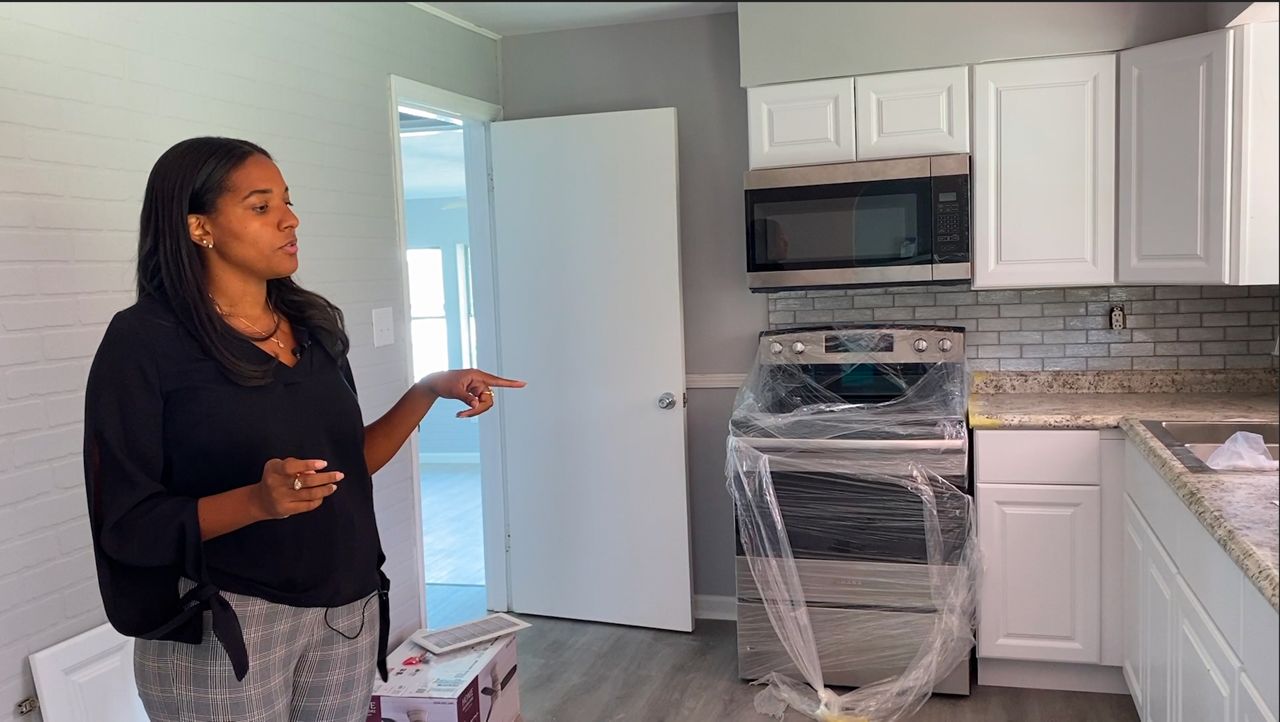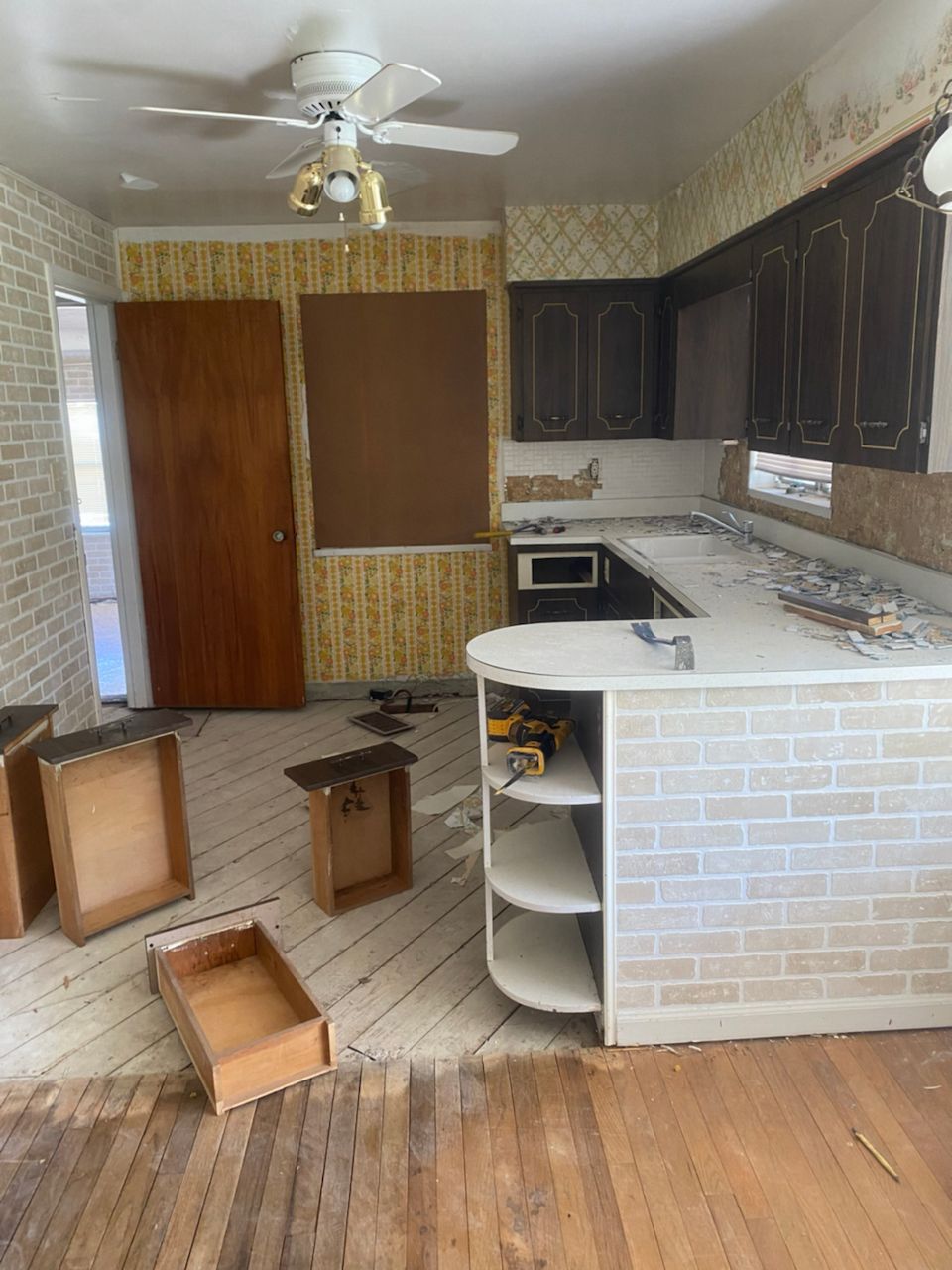DAYTON, Ohio — With new floors, a new roof, new cabinets and new appliances on the way, Jada Strickland’s latest project is starting to feel like a home.
What You Need To Know
- The DIY Renovation Program allows contractors to purchase foreclosed homes for a reduced price
- Renovators have six months to bring the property to market
- The program has run for roughly six years
- Program allows the Montgomery County Land Bank to remove blight and improve local housing stock
She purchased the formerly foreclosed property about a month ago, after it spent at least a year vacant. Now with just a few more weeks of work, she hopes it will make a quick and easy sale for her mother, realtor Saunya Strickland, as she finds the right Dayton family looking for their starter home.
“I’ve already got people that are anxious to see it,” Saunya said.

This is the third home the Stricklands have bought and renovated through the Montgomery County Land Bank’s DIY Renovation program.
The program, which aims to get vacant property back on the market, allows renovators to purchase land bank property at a significant discount, as long as they can prove they can handle the financial responsibility of flipping it in six months.
Strickland, with her small project on the north side of Dayton, aims to have hers done in 90 days.
“We’re ahead of schedule,” she said. “Right now windows are the biggest thing left.”
Vacant homes are a statewide issue, with the Ohio Finance Agency reporting there are more than 540,000 vacant units: Yet, only 28% of them are available for sale or rent. Those left unoccupied for years often devolve into disrepair, blighting neighborhoods.
The issue is particularly bad in Dayton, where the 2020 census revealed one in six homes were vacant. The Montgomery County Land Bank has been working to reduce that number over the past 10 years through demolition and renovation. The DIY program allows small contractors to turn that solution into their profit.

To ensure the renovators in the DIY program follow through and don’t contribute to the issue of blight, the Land Bank holds the property deed until the renovation work is complete. Once the work is up to the Land Bank’s standards, renovators can take full ownership of the property and resell it.
“With my mom as a realtor, I grew up seeing good houses and bad houses and how they can change,” Strickland said.
Meanwhile, Saunya said her years in realty showed her just how hard it's been for first-time homebuyers to compete.
“The inventory was extremely low so it was real important to find these houses that were just left for dead and bring them back to life,” she said.
Renovating these homes through the Land Bank not only adds houses to the local market, but Saunya said it improves the property value throughout the neighborhood and helps the community feel better about where they live.
“When they see you pull up and start doing work on a house that has been an eyesore in the neighborhood, they just get really excited,” she said.
Moreover, Strickland said she aims to keep her renovation projects affordable, bringing in modern amenities that will help a home last, while keeping in mind who the target buyer will be.
“It kind of makes it feel like a new home,” she said. “Just not the new home price.”
The Stricklands hope to bring their house to market by the end of November.



